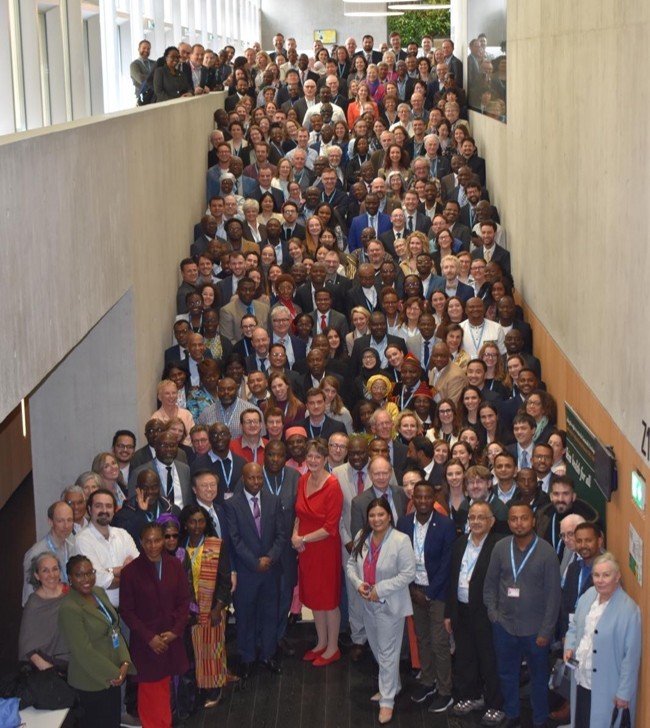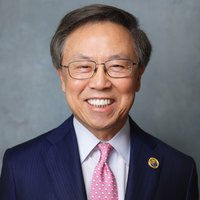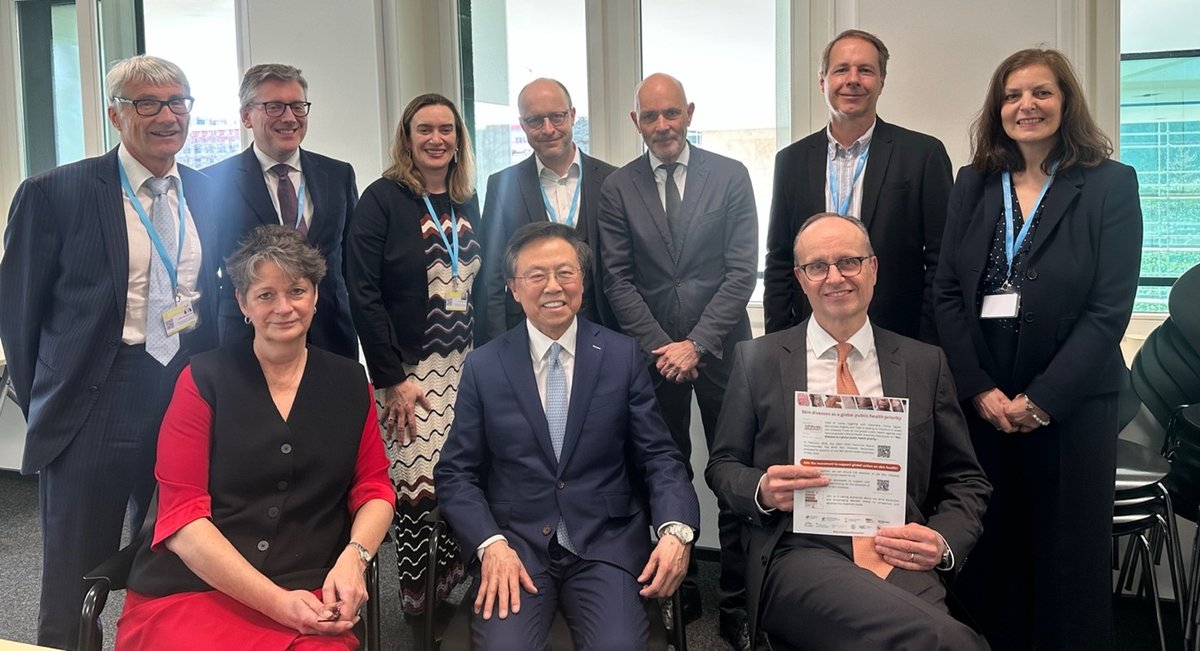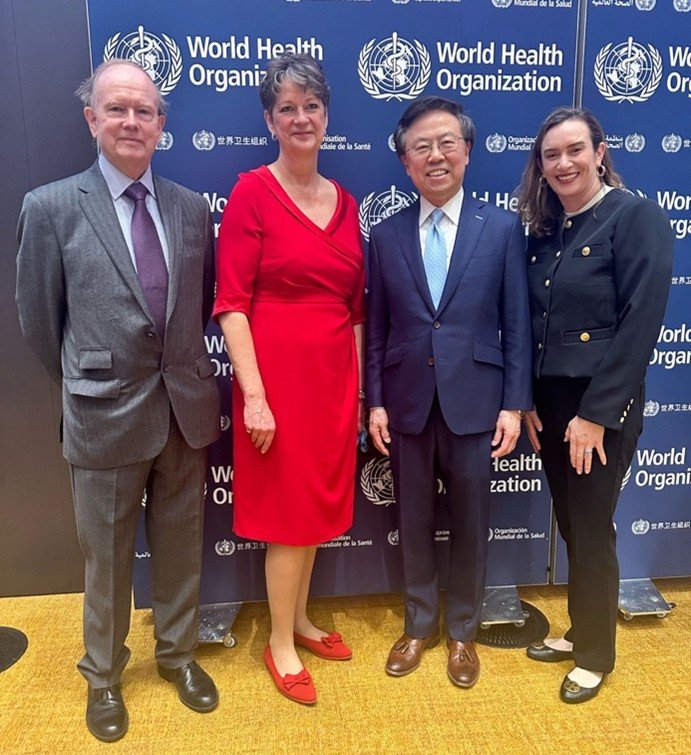Report of the 2nd WHO SkinNTD Global Meeting
Report: Second WHO Global Meeting on Skin-Related Neglected Tropical Diseases (Skin NTDs)
Author: Annika B. Wilder-Smith (ILDS Intern 2024-2025)
The Second WHO Global Meeting on Skin-Related Neglected Tropical Diseases (Skin NTDs) was held from 24 to 26 March 2025, following the first meeting in March 2023. The purpose of this second gathering was to build on the implementation of the WHO NTD Road Map 2021–2030, with a central focus on integration of skin NTDs into broader health systems.
Hosted both in person at WHO Headquarters in Geneva and online via Zoom, the meeting brought together a wide range of global stakeholders, reaffirming the collective commitment to tackling skin NTDs and interdisciplinary collaboration.

Meeting Objectives:
- Share progress and challenges in implementing integrated skin NTD activities at country level.
- Present updates from WHO Working Groups and the Global Initiative on Artificial Intelligence for Skin Conditions.
- Plan future steps to advance the implementation of the Skin NTD Framework.
- Foster collaboration and strengthen networking among stakeholders.

This is a partnership that we need to continue to encourage and nurture. At the heart of this meeting lies a focus on integration and meaningful partnerships. Combining efforts is crucial, as together we are much bigger and stronger. Together as a collective, we have a louder voice and will be much more effective in achieving our aims of skin health for the world.
Prof Henry W. Lim, ILDS President
ILDS Participation and Contributions
The International League of Dermatological Societies (ILDS) played a prominent role at the meeting.
- ILDS President Prof. Henry Lim, ILDS Special Advisors, Prof. Rod Hay and Dr. Esther Freeman, and IFD Chair Claire Fuller delivered impactful presentations on progress and impact of past and future activities.
- The ILDS participated in strategic discussions and side meetings, strengthening partnerships and reaffirming its commitment to advancing the global skin health agenda. Key efforts focused on raising awareness and encouraging collaboration to support the adoption of the Skin Disease Resolution now on the agenda for the World Health Assembly in May 2025 to prioritise skin disease as a global public health priority.
- ILDS celebrated its renewal of its Official Relations status with WHO for a further three year team from 2025 to 2027.

ILDS plays an important role, as the world’s largest dermatological association, we can help facilitate and coordinate efforts from our member societies representing over 100 countries, to assist with delivering the WHO NTD road map and supporting the proposal for a Skin Health resolution at the approaching World Health Assembly in May 2025. Interacting with colleagues from around the world, all aiming for improving skin health has been a highlight. As President of ILDS I commit our continued leadership and coordination of efforts to achieve this.
Prof Henry W. Lim, ILDS President
Stakeholder Engagement
The meeting welcomed a diverse group of participants:
- Experts in NTDs and skin diseases
- Ministry of Health representatives and NTD programme officers
- NGOs, donors, academic institutions
- WHO staff from HQ, regional, and country levels
- People affected by skin NTDs, youth leaders, and civil society groups
Key Discussions and Commitments
- Digital transformation: Embracing digital technologies and AI, e-learning, and mobile tools to support education, diagnosis, surveillance, and mapping.
- Progress towards access to treatment: Enhancing availability of key medicines, such as ivermectin for scabies, and exploring shorter regimens for leishmaniasis, mycetoma, tungiasis, and Buruli ulcer, and highlighting promising results from telacebec.
- Scientific innovation: Focus on diagnostics, new treatments, and research advances and collaboration.
- Advocacy: Preparations for the World Health Assembly resolution in May, promoting country-level support.
- Equity and inclusion: Ensuring the patient journey is at the heart of program design, guided by principles of social justice and community involvement.
- World Health Assembly Resolution: Côte d’Ivoire, Colombia, China, Egypt, Micronesia, Nigeria, and Togo are spearheading efforts to elevate skin diseases as a key concern in global public health. They have jointly put forward a resolution to the World Health Assembly titled "Skin Diseases as a Global Public Health Priority," aiming to advance meaningful progress toward universal health coverage.
Help amplify the call for action by promoting the WHA Resolution and motivating Member States to support and champion this vital global health initiative.
With the upcoming WHA resolution highlighting the importance of skin health globally, this meeting comes at an opportune time for us to be able to continue to advocate for dermatology both on a global level and at WHO.”
Prof Henry W. Lim, ILDS President
Resources with credits to Global Skin
Challenges Identified
Despite progress, several persistent challenges were highlighted:
- Changing funding landscapes and limited national ownership
- Gaps in data, diagnostics, and operational tools
- Loss of expertise and uneven capacity between countries
- Impact of climate change, conflict, migration
- The longterm impact of the COVID-19 pandemic
- The need for a stronger, unified voice in global dermatology and NTD advocacy

Conclusion
The Second WHO Global Meeting on Skin NTDs marked a pivotal moment in the global effort to tackle these often-overlooked diseases. Through shared experiences, collaborative planning, and the integration of new technologies, the meeting reinforced WHO’s commitment to advancing equitable skin health strategies.
By involving dermatologists, patients, researchers, and policymakers alike, the event emphasized the collective power of the community to address the burden of skin NTDs and to support countries in achieving the goals of the skin NTD Road Map and strive towards the World Health Assembly resolution.
Inaction is not an option
Dr Socé Fall, WHO